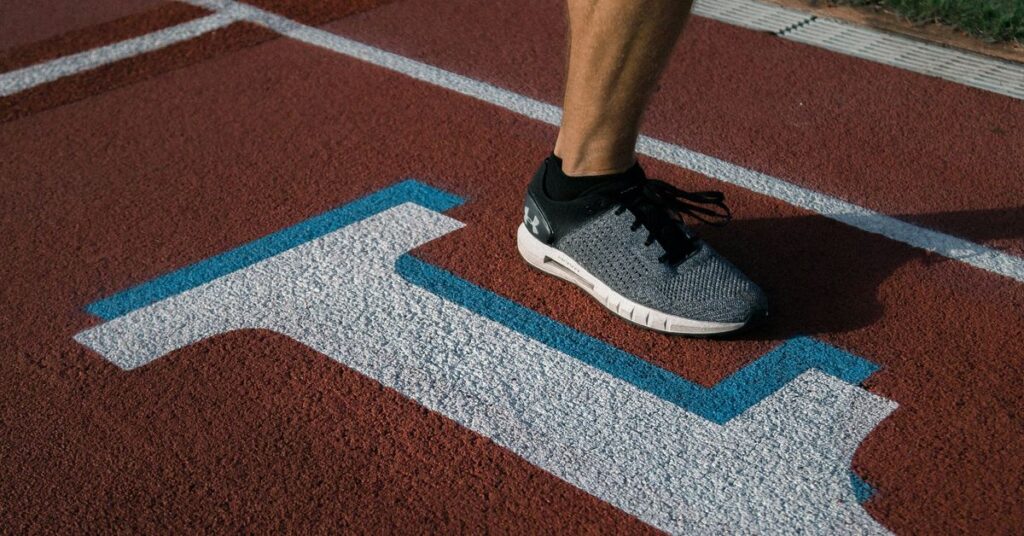Economic Impact of Sports Facilities Development
Sports facilities play a significant role in the economic landscape of cities and regions worldwide. Beyond their primary function of hosting athletic events, these venues have far-reaching economic impacts that affect local businesses, employment rates, tourism, and overall community development.
Direct Economic Benefits
The development of sports facilities generates immediate economic benefits through construction activities and ongoing operations. These include:
- Construction Impact: Building or renovating sports facilities requires substantial investment in construction materials and labor, stimulating economic activity in the region.
- Job Creation: The construction phase creates jobs for architects, engineers, construction workers, and various support industries.
- Operations: Once operational, sports facilities employ staff for maintenance, event management, security, and other services, providing ongoing employment opportunities.
For example, the construction of the Olympic Park in London for the 2012 Summer Olympics not only revitalized a formerly neglected area but also provided thousands of jobs during its development phase.
Indirect Economic Impacts
Beyond direct economic benefits, sports facilities contribute to the local economy in several indirect ways:
- Tourism: Major sports events attract tourists who spend on accommodations, dining, shopping, and local attractions, boosting revenues for businesses.
- Business Development: Proximity to sports facilities can attract new businesses such as restaurants, hotels, and retail outlets seeking to cater to sports fans and event attendees.
- Real Estate: Property values in areas surrounding sports complexes often experience appreciation due to increased demand for housing and commercial space.
For instance, the development of stadiums like AT&T Stadium in Arlington, Texas, home of the Dallas Cowboys, spurred the growth of entertainment districts and commercial developments nearby.
Social and Community Benefits
Besides economic impacts, sports facilities contribute to social and community development:
- Health and Well-being: Encouraging physical activity and community engagement through sports participation and recreational programs.
- Social Cohesion: Bringing diverse communities together through shared sports interests and events.
- Youth Development: Providing opportunities for youth to engage in sports, fostering skills, discipline, and teamwork.
Case studies like the Allianz Arena in Munich demonstrate how a sports facility can become a focal point for community activities and events, enhancing social cohesion and local pride.
Challenges and Considerations
Despite their benefits, sports facilities development can also pose challenges:
- Cost Overruns: Initial cost estimates for construction may escalate, burdening public budgets.
- Operational Costs: Maintaining and operating large venues can be costly, requiring ongoing public or private subsidies.
- Community Displacement: Development projects may displace local residents or businesses, leading to social tensions.
Addressing these challenges requires careful planning, stakeholder engagement, and transparent financial management to ensure long-term sustainability.
Conclusion
In conclusion, the economic impact of sports facilities development extends far beyond the sports arena itself. From stimulating local economies and creating jobs to fostering community cohesion and social development, these facilities play a crucial role in shaping the urban landscape. However, successful outcomes depend on strategic planning, effective management, and leveraging the broader social and economic benefits they offer.
By understanding and harnessing these impacts, communities can maximize the benefits of sports facilities while mitigating potential challenges, ensuring a legacy of economic prosperity and social well-being.




